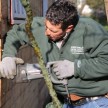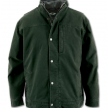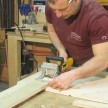Construction Clothing – What Makes It Durable?
Denim, Duck, Twill – What’s the Difference?
by Ralph Mroz
For most of us, the work clothes we wear are tools just like the tools in the pick-up bed or our tool boxes. If they don’t provide good service our ability to perform our jobs probably suffers. By “good service” I mean they last a reasonable amount of time, they hold whatever items we need them to hold securely (keys, tools, phone, etc.), and they’re comfortable so that we can easily move around, kneel, bend over, etc.. Also, appearance may be a factor in our jobs (or in acquiring them) if our client expects a certain kind of look when we show up.
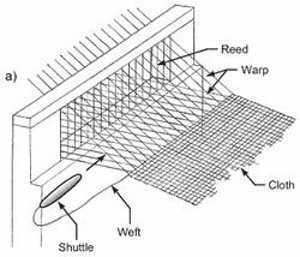
figure 1
Most Common Construction Clothing Material
The most common material that work clothes are made of are denim, canvas, and twill. We’ve heard these terms forever…but do you know what they mean, and what the difference is? If you’re curious, read on.
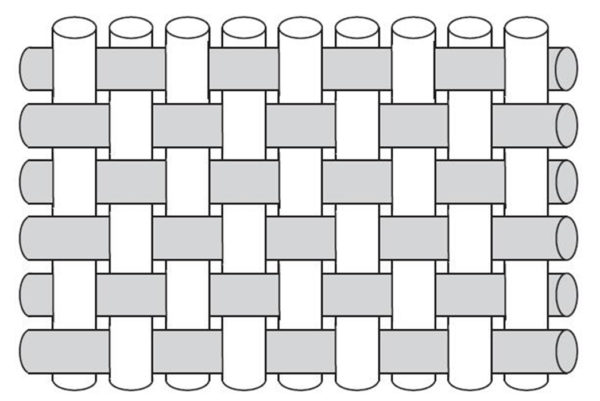
Figure 2 plaine weave
All material is woven from threads going back and forth at right angles to each other. You have probably seen a weaving loom at one time or another, but in any case look at Figure 1 which shows a simple loom. The warpthreads are fixed, and the weftthreads are woven between them. Canvas is a plain-weavematerial, meaning that a single weft thread is passed over and under a single warp thread, as shown in Figure 2. Denim is a twill weave, in which a weft thread is passed under one warp thread and then over two or more of the next warp threads (or over one and under two or more) as shown in Figure 3. If you look again at Figure 3, you’ll see that a diagonal pattern is created by the twill weave (look at the insides of your jeans).
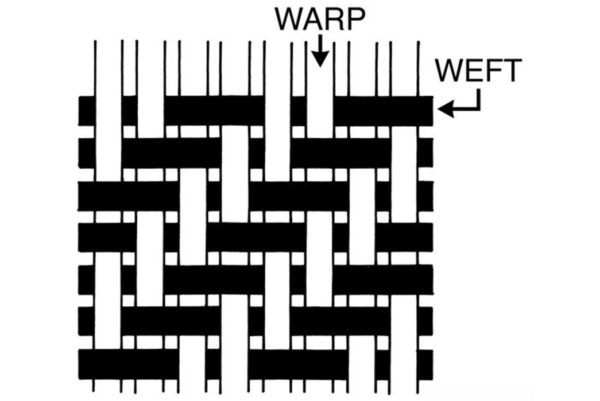
Figure 2 twill weave
Obviously you can use whatever materials you want (the most common being cotton and polyester) in any weave you want. You can also use whatever thickness of threads you want (thicker threads make thicker cloth with a more weight), and you can weave the threads together tightly or loosely. All these combine to make a material of a given composition, weight, and density. (The weight numbers in ounces you see associated with canvas and denim usuallyrefer to the weight per square yard.) These factors, plus any added materials or chemical treatments, will then how much abrasion resistance a given fabric has.
What’s The Difference?
So what’s the difference between canvas and duck? (“Duck” by the way has nothing to do with ducks – it is a derivation of the original Dutch term for this material which was “doek”) Technically, they are the same except that duck refers to a smoother and less coarse weave of canvas. But, both words are often used loosely in marketing descriptions to refer to any plain-weave canvas-type fabric.
So there you go – that’s the basics. Obviously manufacturers can make all kinds of variations of these basic types of fabric. And they don’t have a legal obligation to use the technically correct term – which they often don’t – and so you can wind up with terms that don’t make a lot of sense like “canvas twill.”
For a little more detail, Carhartt has a brief page here that describes the various fabrics that they use, and they explain what sanded duck, washed duck, and other less obvious terms mean (sanded duck and washed duck are just what they imply – the duck has either been washed, or softened by an industrial sanding-like process). Because washed duck is, duh, washed, it will shrink less than unwashed duck. Murdoch’s has a page here explaining how much Carhartt’s washed duck will shrink compared to how much their unwashed duck shrinks.





